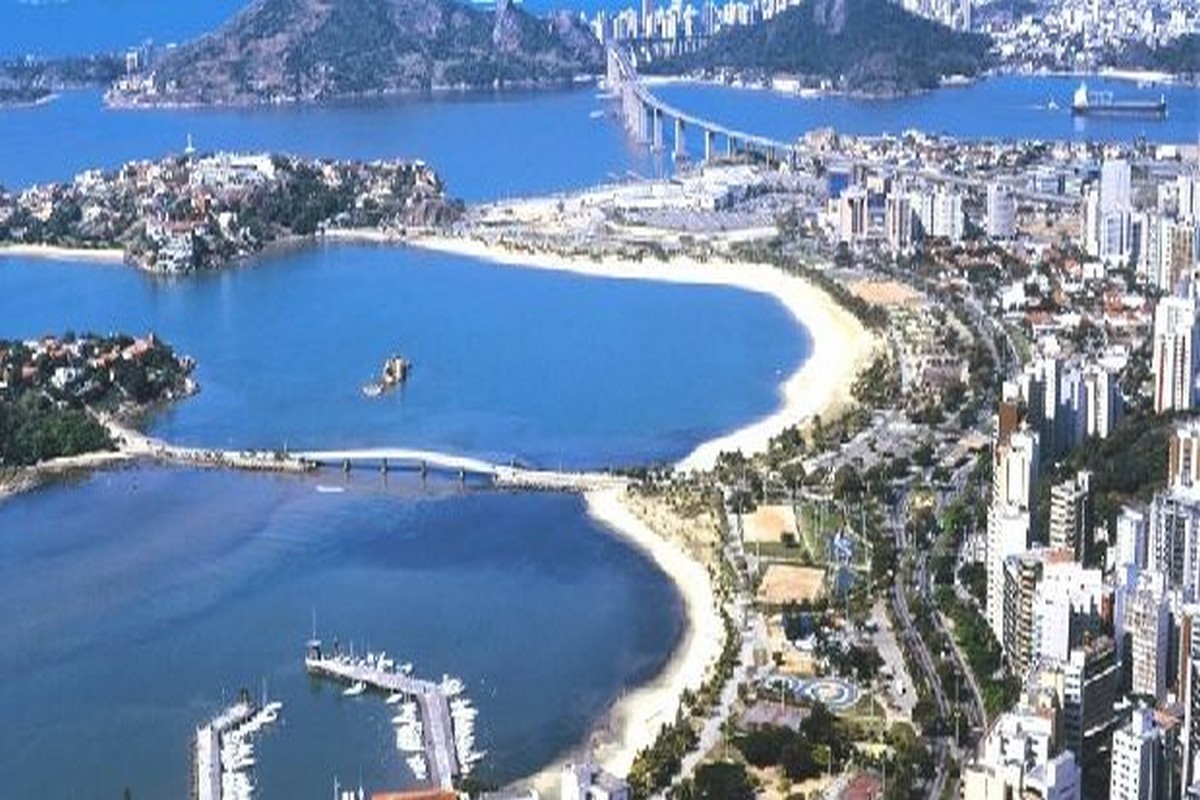RIO DE JANEIRO, BRAZIL – Florianópolis, Vitória, and the São Paulo municipality of Campinas are the three new rising Brazilian metropolises, according to the study Regional Urban Division 2021, released today (15) by the Brazilian Institute of Geography and Statistics (IBGE).
With this new configuration, metropolises increased from 12 in 2013 to 15.
The survey provides a regional vision of Brazil, identifying and delimiting new regional designs, the Urban Articulation Regions. All identified regions are formed from a city that commands its region, establishing relationships between agents and companies in their respective territories.
The Urban Articulation Regions identified in this study were based on the Regions of Influence of Cities – Regic 2018 survey.

“The emergence of new centralities in areas already occupied by former metropolises is just one of the aspects that can be perceived by the temporal analysis of the elaborated territorial cutouts,” the survey points out.
RIO DE JANEIRO, THE ‘HAS BEEN’ PLACE
The analysis found that no other extended region in Brazil has undergone as much change as Rio de Janeiro. “The extended region of the Rio de Janeiro metropolitan area has experienced a strong contraction, which can be partly explained by the emergence of the Vitória metropolitan area and the greater polarization of the Belo Horizonte area of influence. Thus, Rio de Janeiro, despite being one of the oldest and most consolidated metropolises in the country, has lost areas traditionally associated with it in recent years, such as the population structure of Juiz de Fora (MG).”
According to IBGE, another highlight is the retraction of the extended region of São Paulo, rivaled by Belo Horizonte and Curitiba.
“Besides them, the rise of the population arrangement of Campinas (São Paulo state), centralizing a restricted expanded region, impacted by the proximity of the São Paulo capital, but relevant enough to drive broader movements of attractiveness for a population dispersed by nearby cities, is another change that proves the dynamism of the urban network, even in its oldest and most consolidated points,” says the study.
It also draws attention to the fact that Brasília and Goiânia, together with Anápolis (GO), form a dynamic axis and strengthen their participation in the Midwest Region and nationally because Brasília is the capital.
According to the research analyst Maria Monica O’Neill, the study identified metropolises that lost protagonism and started to share the space they occupied with other urban centers.
“We observed the strong emergence of Florianópolis as a metropolis, which inserted a new region commanded by the capital of the Santa Catarina state between Curitiba and Porto Alegre. Previously, these spaces were divided between Curitiba and Porto Alegre,” said the researcher.
Another significant change in relation to 2013 is that Belo Horizonte captures the influence over the cities of Triângulo Mineiro and Juiz de Fora, which were traditionally part of the extended regions of São Paulo and Rio de Janeiro, respectively.
NORTHEAST REGION
In the Northeast Region, the centrality of the capital city of Pernambuco appears expanded in comparison to the edition of the study conducted in 2013. “In the present edition, vast portions of the Brazilian territory, such as the intermediate region of Mossoró (RN), to the north, captured from Fortaleza; and the state of Sergipe, to the south, which leaves the influence of Salvador, illustrate the current relevance of Pernambuco’s centrality, effected by the area of the expanded region of Recife,” points out the IBGE.
The study also shows the consolidation of the importance of Matopiba, formed mainly through cerrado areas in the states of Maranhão, Tocantins, Piauí, and Bahia.
The IBGE analyst, Mauricio Silva, pointed out that the survey shows the strengthening of the cities along the Manaus-Belém axis due to agribusiness.

